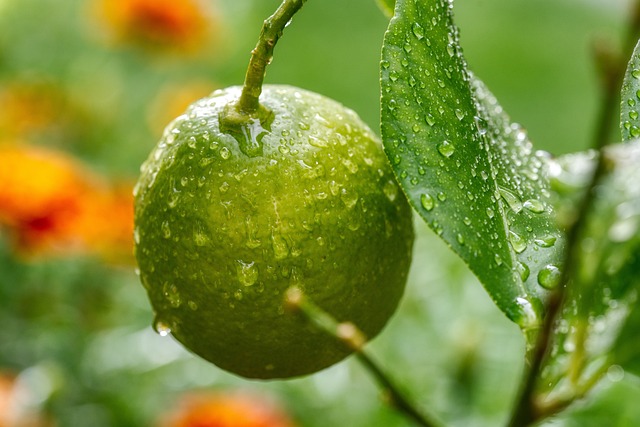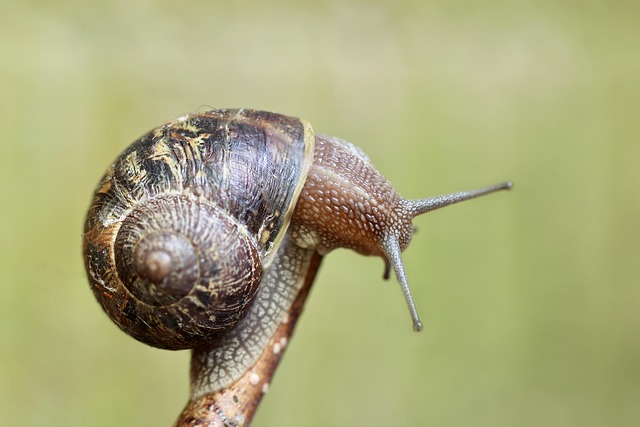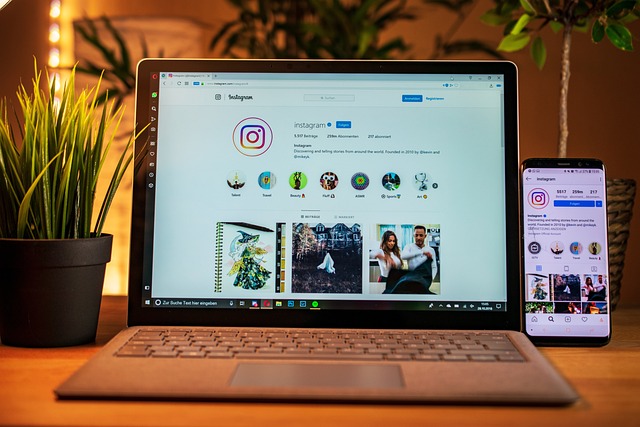Mastering Video Quality: A Complete Guide to ISO Settings for Recording
When it comes to video recording, nothing impacts your footage quite like the ISO setting. Whether you’re a budding filmmaker or a seasoned videographer, understanding ISO is crucial to capturing the perfect shot. But what exactly is ISO, and how does it influence your video quality?
What is ISO in Video Recording?
ISO is a camera setting that controls the sensitivity of your camera’s sensor to light. In simple terms, it determines how much light your camera needs to create a clear, well-exposed image. A low ISO value means less sensitivity, resulting in cleaner footage but requiring more light. Conversely, a high ISO increases sensitivity, allowing you to shoot in lower light conditions but often at the cost of introducing noise or grain.
Why ISO Matters for Video Quality
Imagine shooting a night scene with your camera set to a low ISO. The result might be underexposed, dark footage lacking detail. Increase the ISO, and suddenly you have a brighter image—but beware of the grainy texture that can degrade your video quality. Finding the right balance is where true mastery lies.
Tips for Mastering ISO Settings
- Start Low: Always begin with the lowest ISO your camera allows to maintain maximum image quality.
- Adjust According to Lighting: Increase ISO gradually only when lighting conditions demand it—like indoor events or dusk scenes.
- Know Your Camera’s Limits: Different cameras handle higher ISOs differently. Test your equipment to identify the threshold beyond which noise becomes distracting.
- Use Additional Lighting: Whenever possible, supplement natural light with artificial sources to keep ISO lower and maintain crisp video quality.
Common Myths About ISO in Video Recording
There’s a misconception that higher ISO settings are always bad. While it’s true excessive ISO can introduce noise, sometimes it’s necessary to capture the moment. The key is to balance ISO with aperture and shutter speed for the best exposure without compromising clarity.
Practical Exercises to Improve Your ISO Usage
Challenge yourself by shooting the same scene with different ISO settings. Observe how changes affect the brightness and grain of your clips. Over time, you’ll develop an intuitive sense of what ISO level works best in various scenarios, giving you more creative control over your video recordings.
In the world of video recording, mastering ISO is like having a secret weapon in your toolkit. It empowers you to adapt to any lighting situation, ensuring your footage always looks professional and visually stunning. So next time you pick up your camera, think about your ISO setting—not just as a number but as a creative tool that shapes your storytelling.




